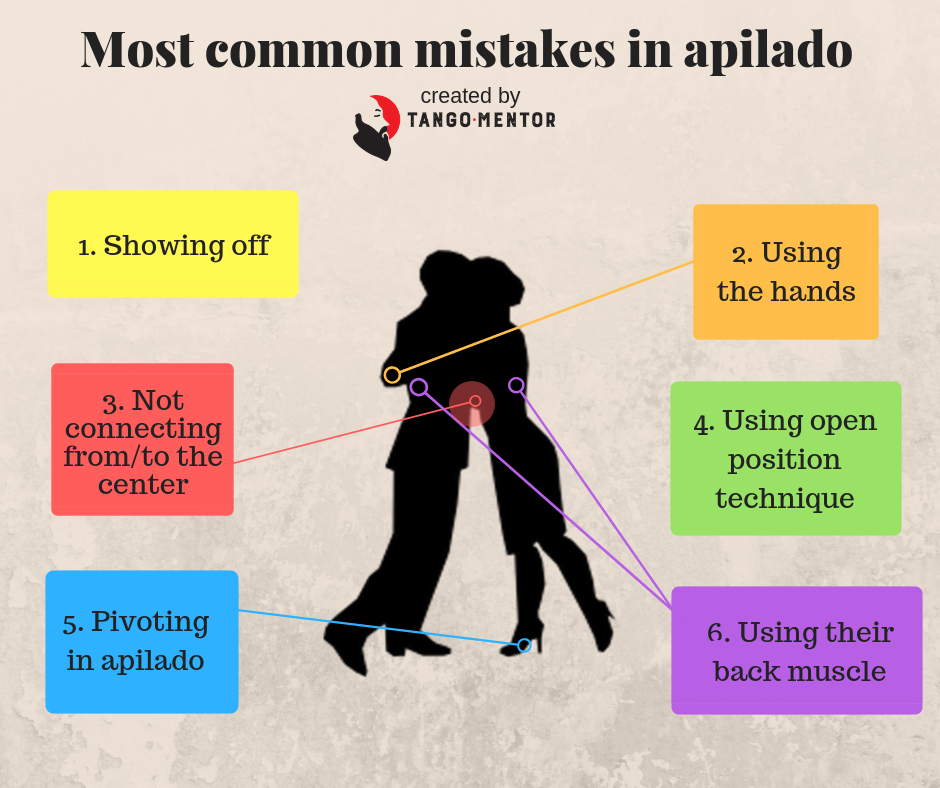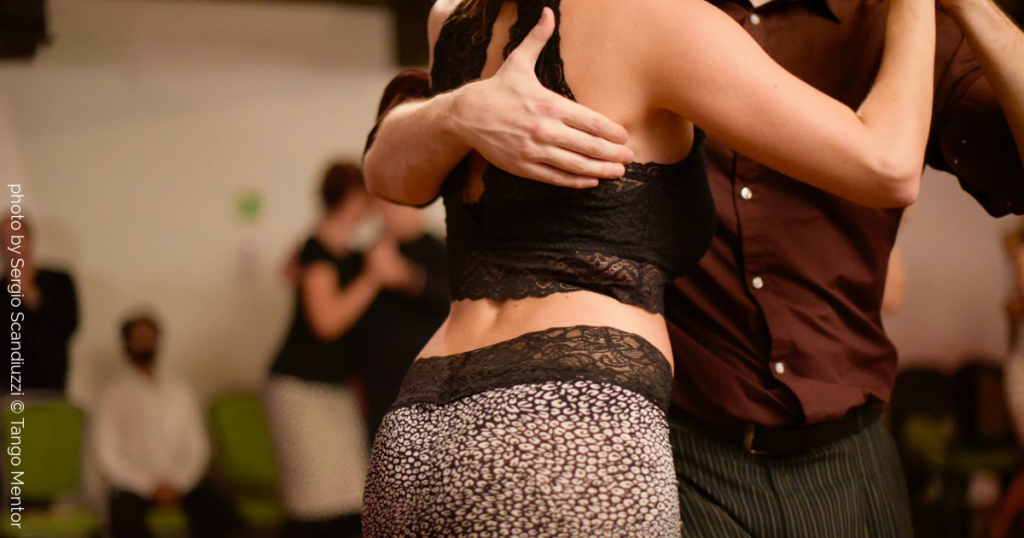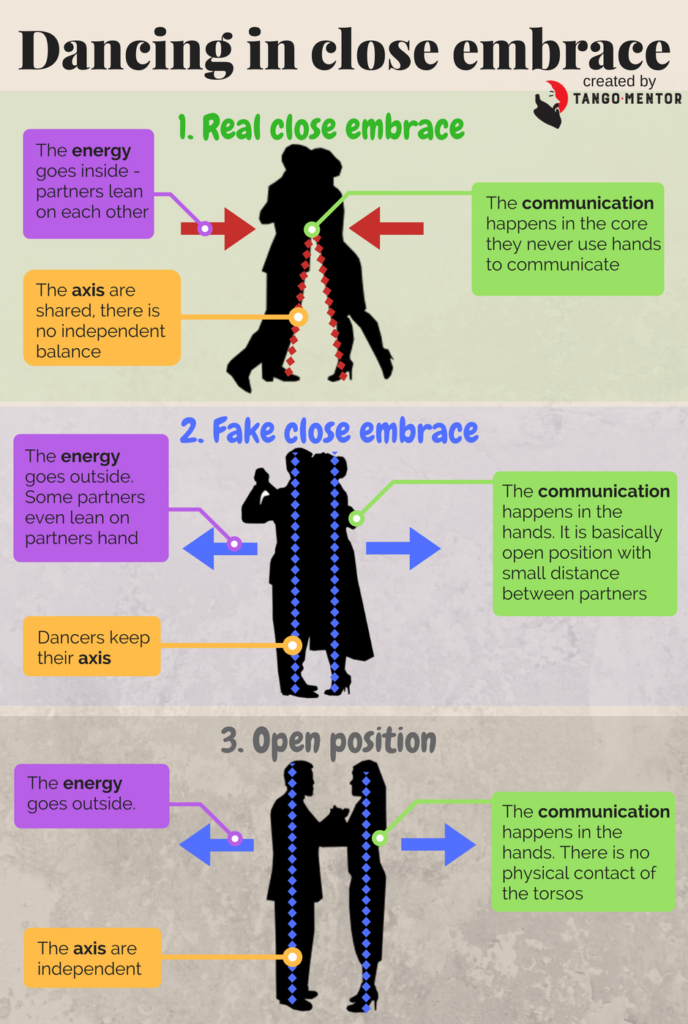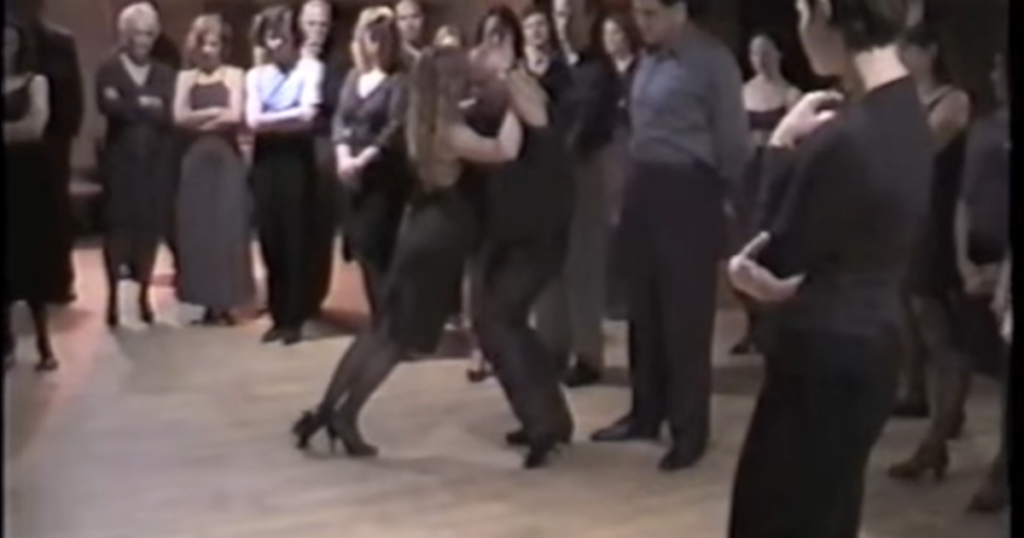 Few weeks ago I had conversation with an online student about dancing and time. She told me her reflections about how all we do in tango is just for the moment and then it disappears. It is like building sand castles – it exists for a brief moment and then it’s nothing.
Few weeks ago I had conversation with an online student about dancing and time. She told me her reflections about how all we do in tango is just for the moment and then it disappears. It is like building sand castles – it exists for a brief moment and then it’s nothing.
Yes, it is like that. I agree! But, that is a moment that is worth living for. In fact, that is the living itself. Moments.
I remembered this conversation few days ago, when I found out that Cacho Dante left us. I never meet him personally, but echoes of his work touched me so deeply that I wanted to dedicate an article to his work.
Why I liked his dancing?
When I first saw his dancing it was a mystery to me… What is he doing? And, even more, how is he doing it? From that time I learned a lot, but there is still a secret in his dancing that is unreachable to me.
His way of listening the music and interpreting music like Pugliese with sharp movements is something that amazes me to this day. It’s nothing like what you can see from today’s popular performers and tango artists. It’s milonguero and it’s unique himself.
Here is a video of him dancing:
The echoes of his words
And then, I discovered his words. His way of expressing what tango is about made deep impression on me. On my dancing and teaching. On the way I think about tango.
You can notice on my Facebook page that I often post his quotes. He is great source of inspiration and his great insights are great guide to what I consider true social tango.

Here is an article he wrote and I warmly recommend to all tango dancers, no matter how experienced they are:
(Cacho Dante – November 1998) Sometimes you hear that tango milonguero will die with the last milonguero. But those who say that don’t seem to be aware that the last one is only 17 years old and is already teaching the dance.
Read the article on THIS LINK
I would also like to recommend my readers to check out his interview with Monica Paz on her great channel Practimilonguero (MPTango):
Thank you maestro from the bottom of my hearth!

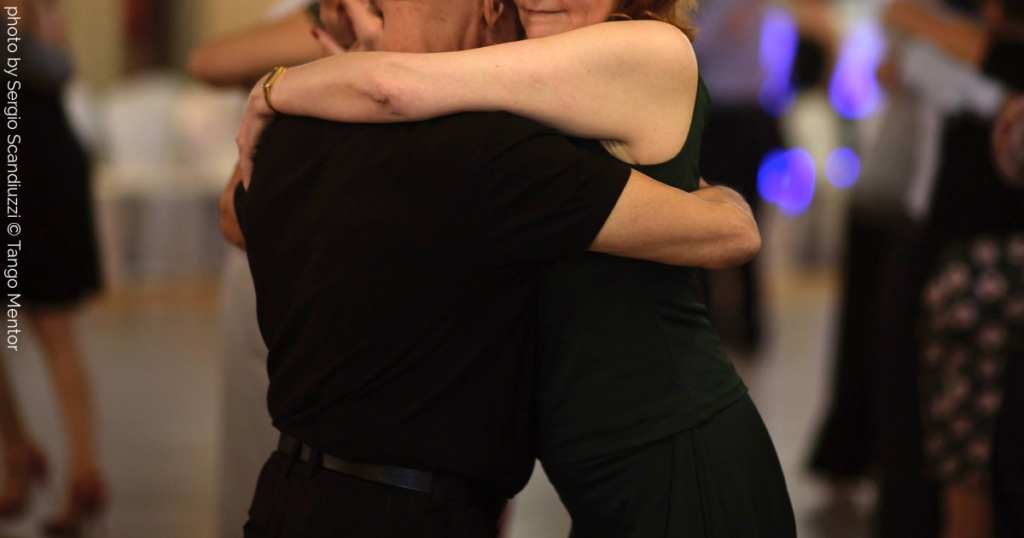 Dancing apilado is not the first idea that comes in mind to many people when they think about creating a more pleasant embrace or deeper connection. This is because there aren’t many teachers helping them learn how to avoid mistakes when they try to lean with their partners.
Dancing apilado is not the first idea that comes in mind to many people when they think about creating a more pleasant embrace or deeper connection. This is because there aren’t many teachers helping them learn how to avoid mistakes when they try to lean with their partners.